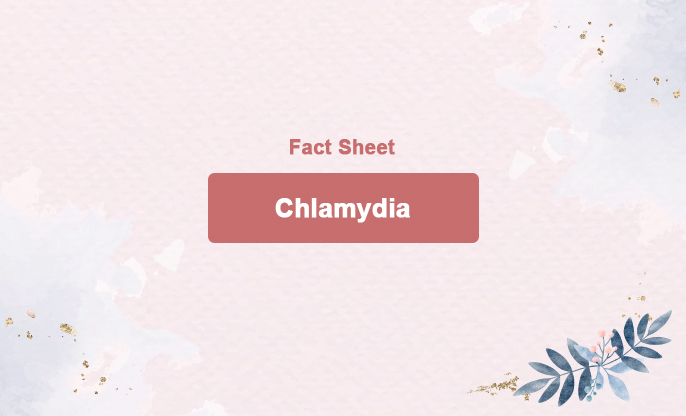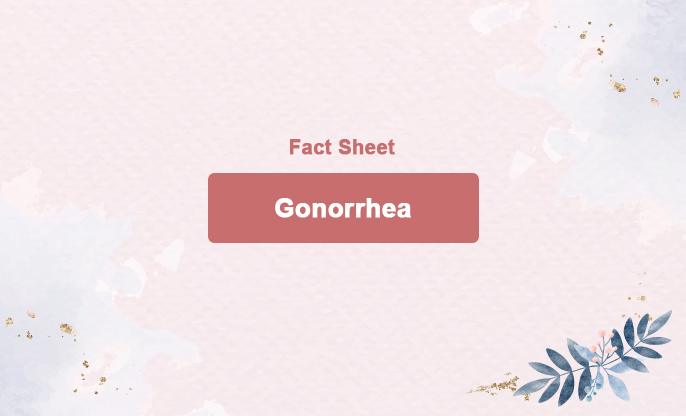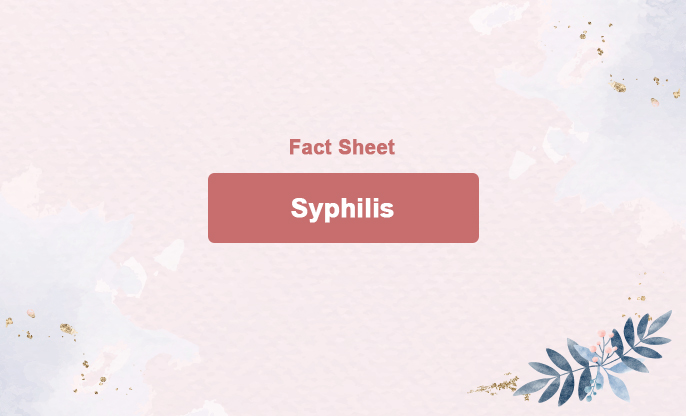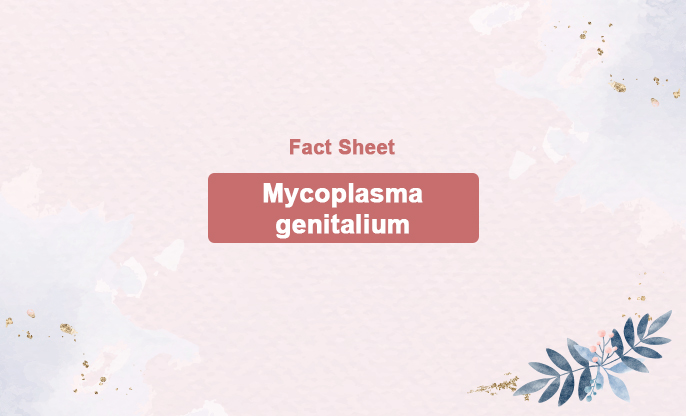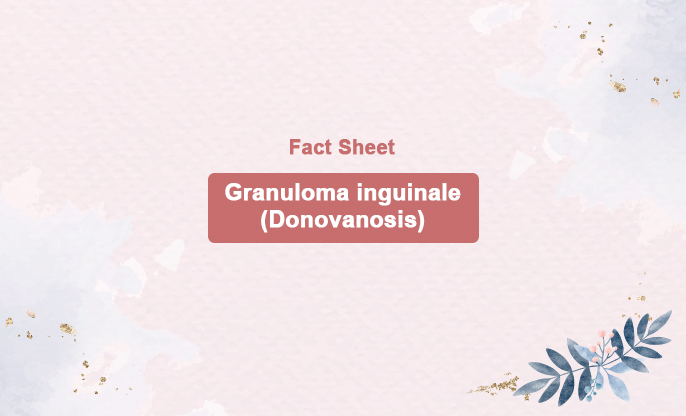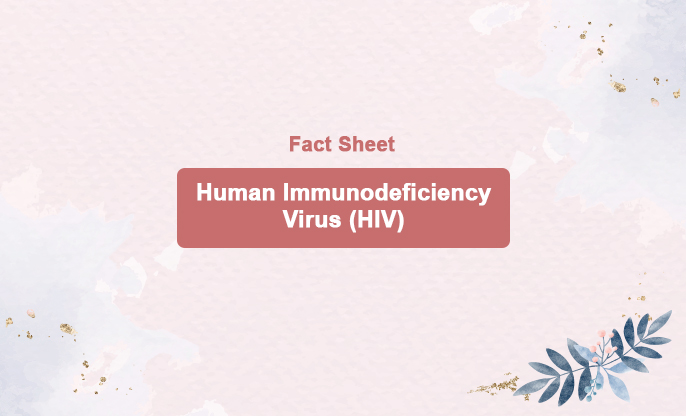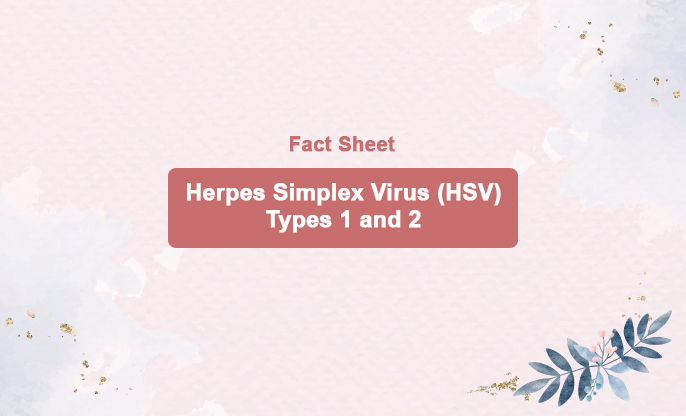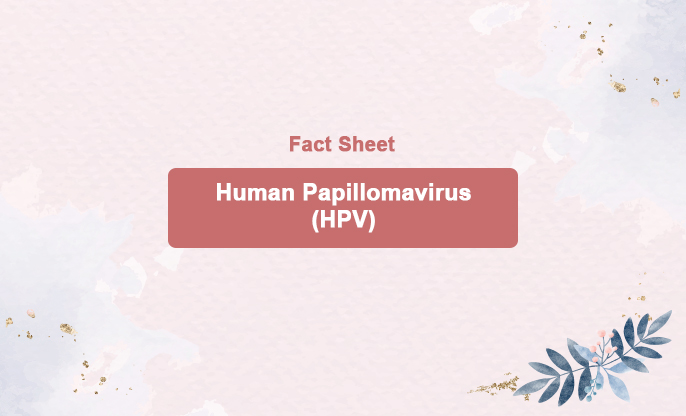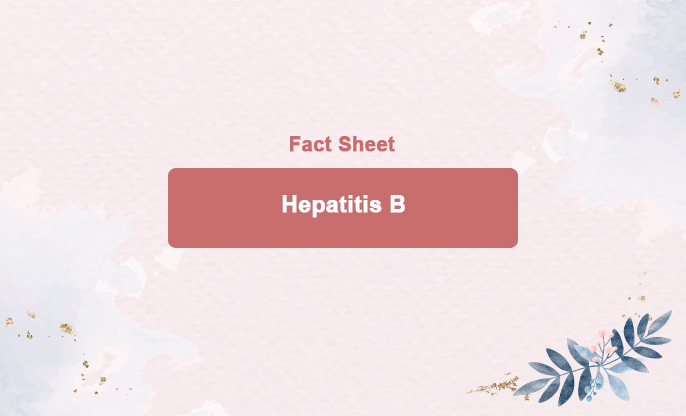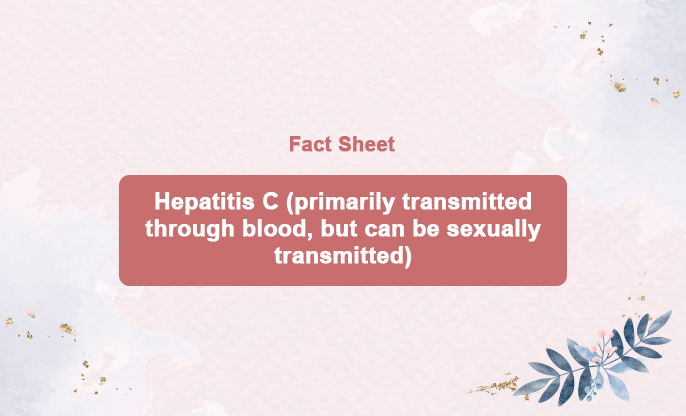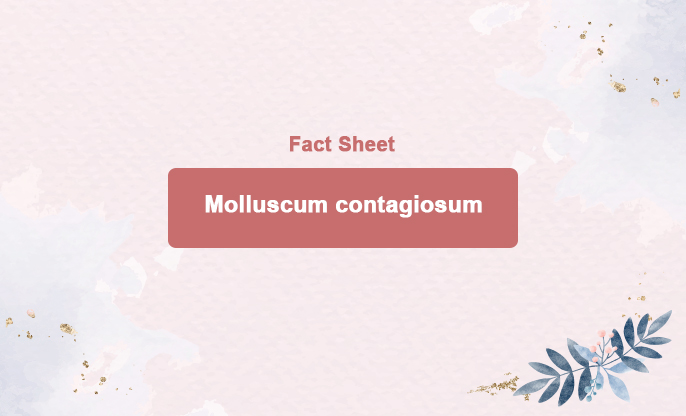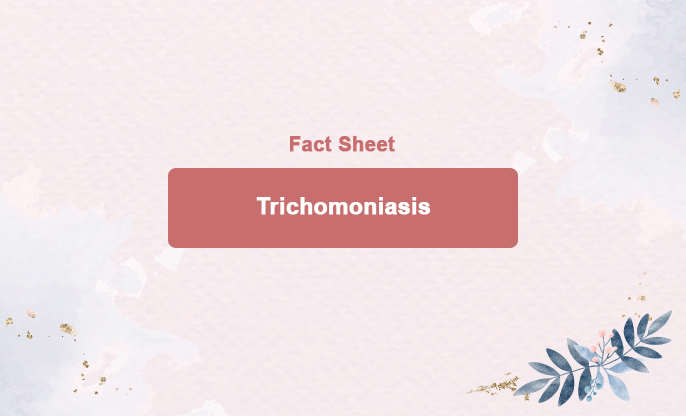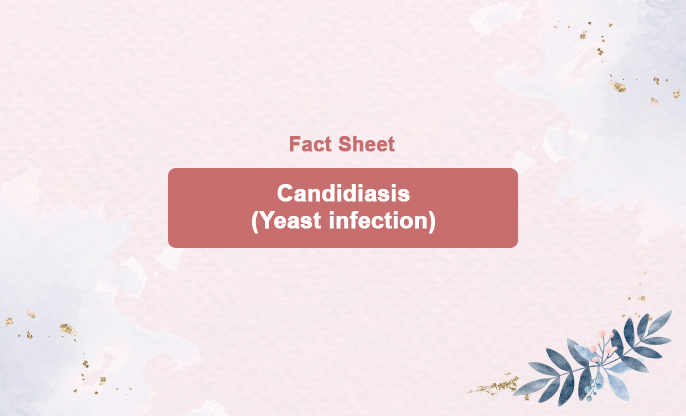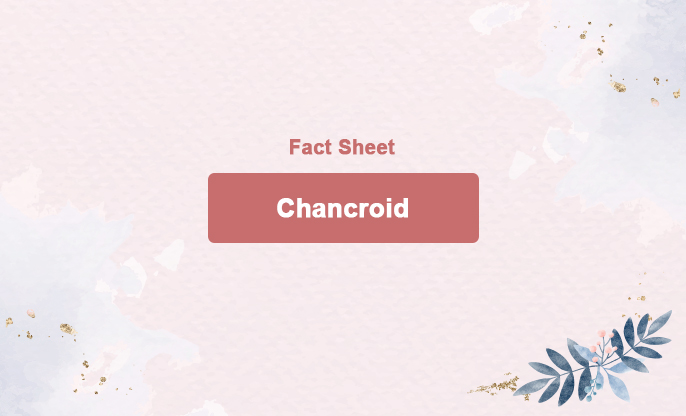
What is this? Chancroid is a highly contagious but treatable sexually transmitted disease (STD) caused by the bacterium Haemophilus ducreyi [hum-AH-fill-us DOO-cray]. It leads to the formation of ulcers, typically on the genitals. Swollen, painful lymph glands, known as inguinal buboes [in-GWEEN-al BEW-boes], in the groin area are commonly associated with chancroid. If left untreated, chancroid can increase the risk of HIV transmission. Genital Ulcers: Painful sores or ulcers on the genital area. Ulcers typically start as small, raised bumps and then become open sores with a soft center and ragged edges. Swollen Lymph Nodes: Enlarged, painful lymph nodes (inguinal buboes) in the groin area. The lymph nodes may become swollen and tender, and in some cases, they can rupture and drain pus. Pain and Discomfort: Pain during urination or sexual intercourse. General discomfort and irritation in the genital area. Redness and Inflammation: Redness and inflammation around the sores. Fever: In some cases, a mild fever may accompany other symptoms. How is it transmitted? Chancroid is transmitted in two ways: Sexual Transmission: Through skin-to-skin contact with open sores. Non-Sexual Transmission: When pus-like fluid from the ulcer is transferred to other parts of the body or to another person. Standard treatment protocol and time: Azithromycin: Dosage: 1 gram (1000 mg) taken orally in a single dose. Ceftriaxone: Dosage: 250 mg administered as a single intramuscular (IM) injection. Ciprofloxacin: Dosage: 500 mg taken orally twice a day for 3 days. Erythromycin: Dosage: 500 mg taken orally four times a day for 7 days. Symptom Relief: Symptoms usually begin to improve within a few days of starting antibiotic treatment. Healing Time: Complete healing of ulcers and lymph node swelling typically occurs within 7 to 14 days, but may take longer if the infection is severe. Follow-Up: Patients should be re-examined 3 to 7 days after starting treatment to ensure improvement. If no improvement is seen, the diagnosis should be reassessed, and alternative treatments or additional testing may be required. Sexual Abstinence: Avoid sexual contact until the sores are completely healed to prevent spreading the infection. Partner Notification and Treatment: Sexual partners should be notified, tested, and treated if necessary to prevent reinfection and further transmission. HIV Testing: Given the association between chancroid and increased HIV transmission risk, patients should be tested for HIV. How to avoid it? Use Condoms: Correct and consistent use of condoms during sexual activity can reduce the risk of chancroid and other sexually transmitted infections. Practice Good Hygiene: Regular washing and keeping the genital area clean can help prevent infection.Symptoms of Chancroid
First-Line Antibiotics
Treatment Time
Important Considerations
Avoid Contact with Open Sores: Do not touch or allow contact with any open sores or ulcers.
